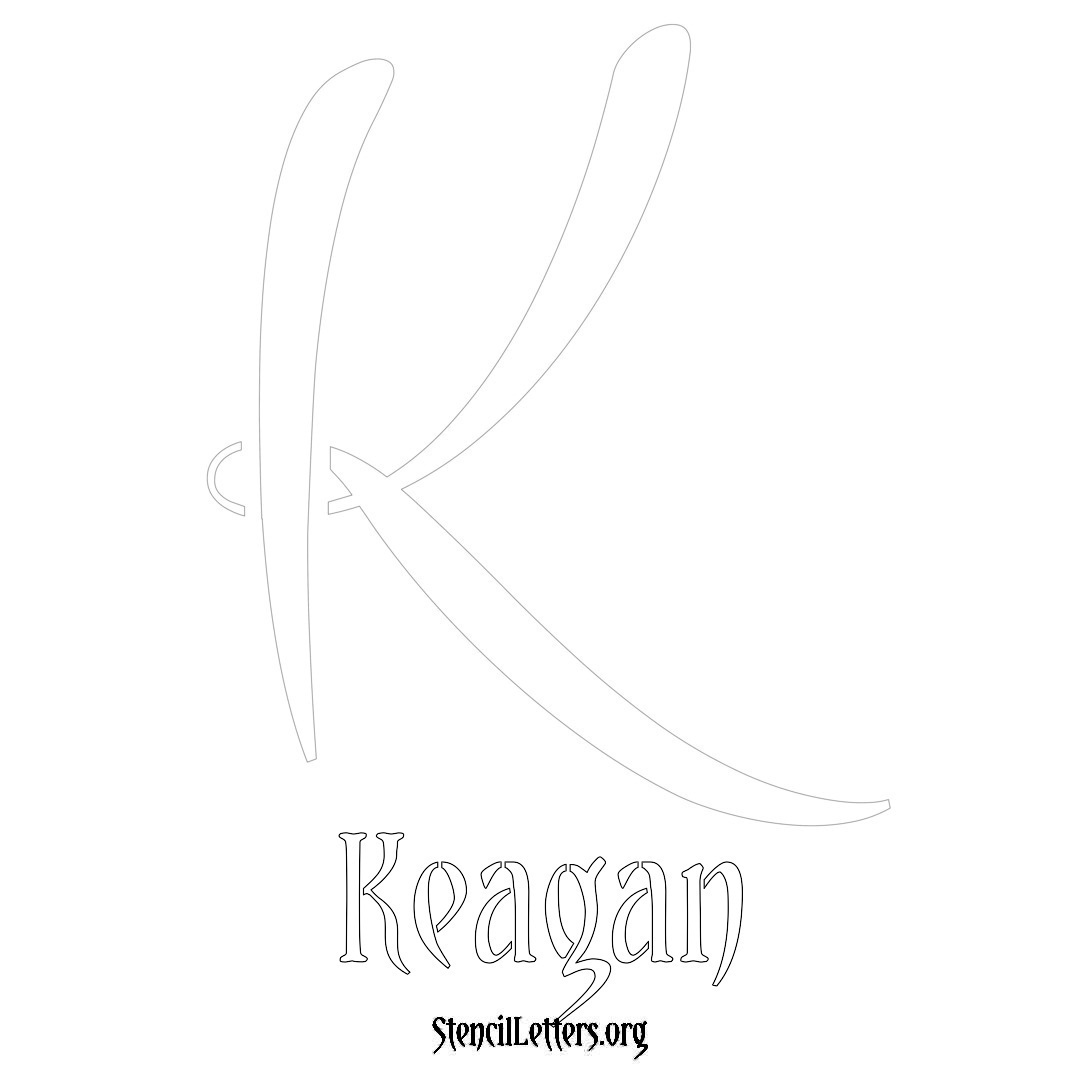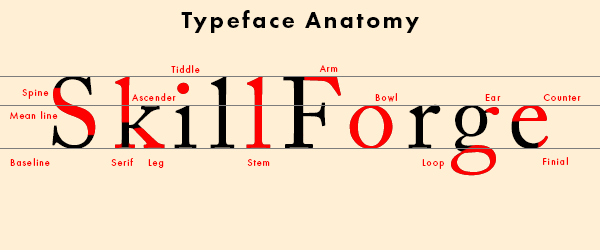

One must see the metrics, barring headline, and baseline as gradations in space that can be used to describe letterforms and their overall proportions, rather than as strict guidelines in which letterforms and their anatomy must forcibly fit.įurther to his 2009 paper, Anatomy of Devanagari Typefaces, Girish Dalvi has created a scheme for Devanagari letter parts and anatomy, which has been published online at Devanagari Search Tool. There is no absolute rule, for instance, about precisely where the knot of the न should fall in the context of the intermediary metrics between the headline and baseline and what else should match this vertical position. Things get murkier still for the remaining intermediary vertical metrics.

While the headline and baseline do form a fixed vertical structure, even the lines denoting the highest and lowest vowel signs are not an indication of which particular vowel and other signs reach them - they help us demarcate the vertical boundaries of a design. What one must remember is that in any scheme of Devanagari vertical metrics, unlike Latin, there is not and cannot be a prescriptive model that tells us exactly where a part of every letter must come in contact with a given metrics line, the way the Latin’s x-height, caps height, ascender, or descender do.
#ANATOMY OF LETTERS TYPOGRAPHY FULL#
These categories are full bar with attached strokes, full bar with detached strokes, short bar, bar in the centre, and without a bar. Naik put the basic Devanagari letters into five categories based on their vertical stem and how it interacts with other strokes. A more fine-tuned version of the same approach is seen in the work of Bapurao Naik, author of the monumental three-volume work Typography in Devanagari, published a decade later in 1971. In his analysis from 1961, Bhagwat divided letterforms into categories based on their construction and shape, as well as created a scheme for anatomy. Bhagwat is usually credited with doing the first graphical analysis of Devanagari letterforms, albeit these were handwritten and not typographic. To that end, this article is an attempt to simplify and unify the nomenclature for the metrics and anatomy of Devanagari letterforms. The issue of terminology is also faced by those who are native or fluent: H ow do I describe to someone a part of letter if we don’t have a shared vocabulary? It is not as if no terminology exists, but it hasn’t gained the same currency as its Latin counterpart.

The lack of common terms for the anatomy of its letters and their metrics only makes this problem worse. With its large and limitless character set, many moving parts, and complex shapes, Devanagari script can feel intimidating to someone new to it.


 0 kommentar(er)
0 kommentar(er)
